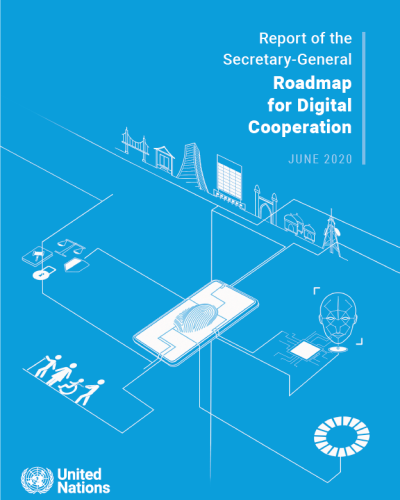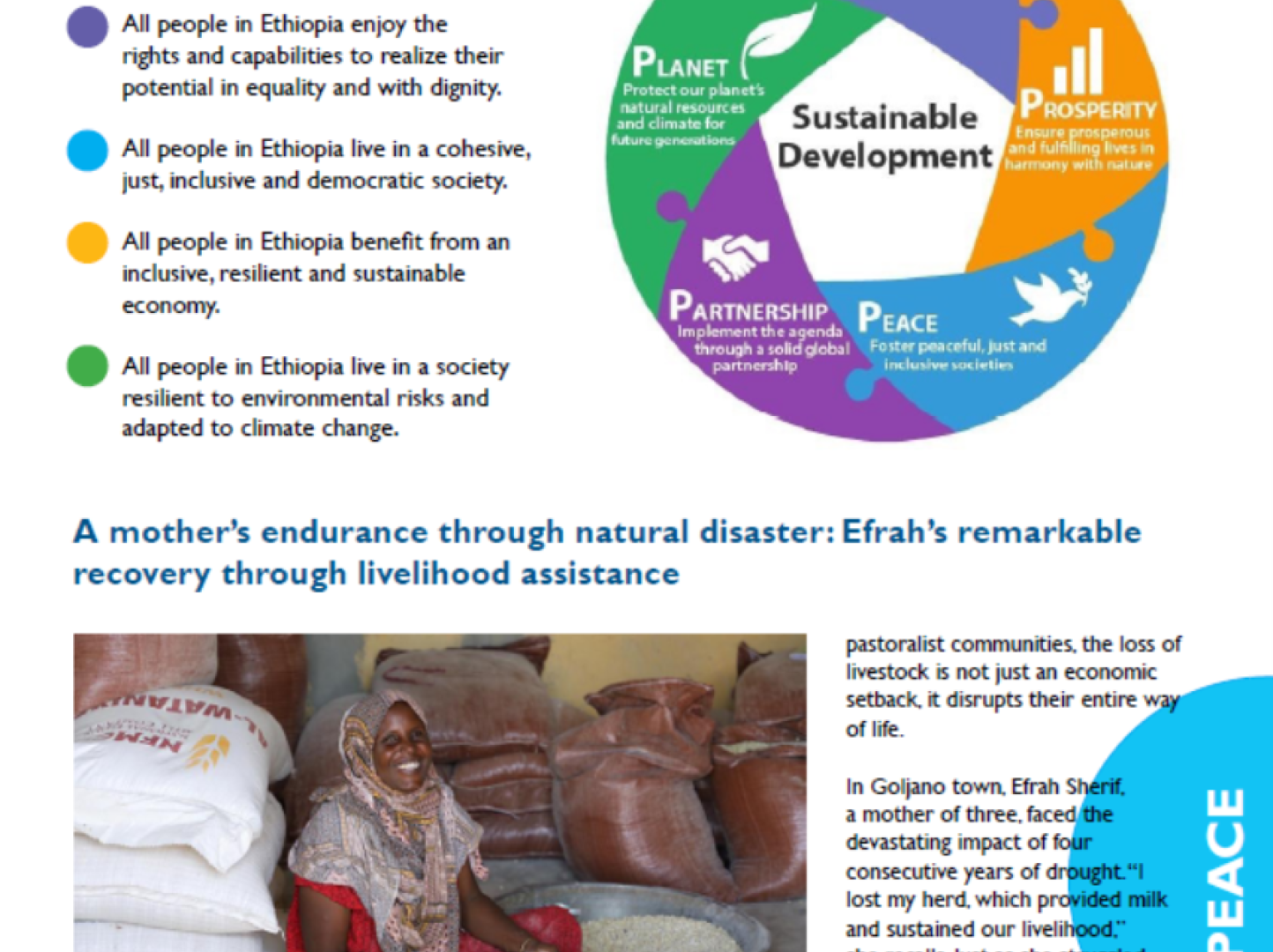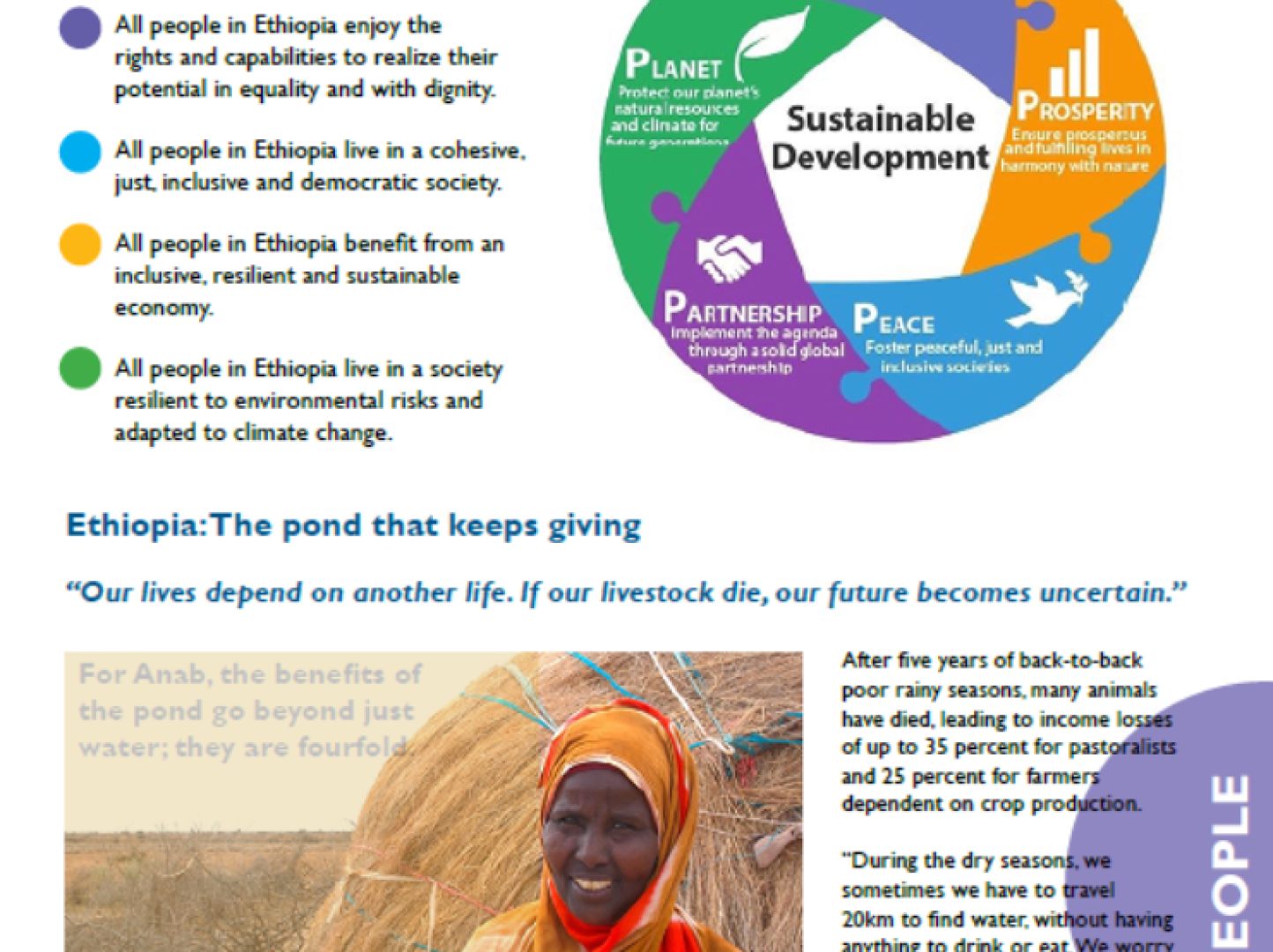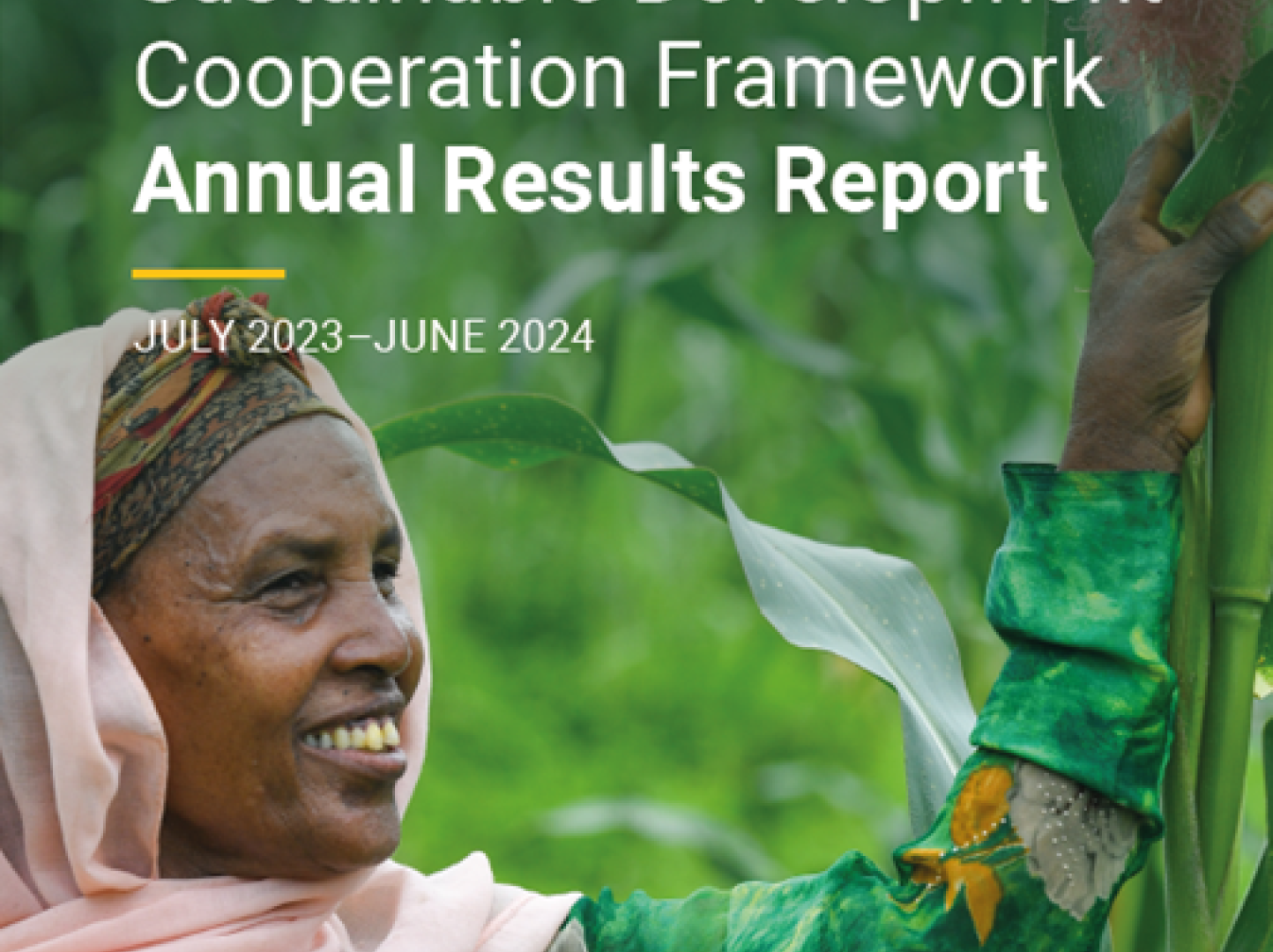Report of the Secretary-General Roadmap for Digital Cooperation

As the world grapples with the coronavirus disease (COVID-19) pandemic, it is witnessing first-hand how digital technologies help to confront the threat and keep people connected. Supercomputers analyse thousands of drug compounds to identify candidates for treatments and vaccines. E-commerce platforms prioritize household staples and medical supplies, while videoconferencing platforms enable education and economic activity to continue.
At the same time, the technological challenge posed by COVID-19 has been tremendous. While accurate data and information related to the disease are fundamental for an effective response, social media have been misused by some to spread dangerous misinformation and fuel discrimination, xenophobia and racism. Cyberattacks on the World Health Organization, hospitals and laboratories endanger lives and jeopardize potential advances in responding to and preventing the virus. A balance has to be struck between the use of technology and tracing applications to combat the spread of the virus and the safeguarding of privacy and individual rights. Even as digital technology makes it possible for people in countries with high connectivity to work and learn from home, it is a privilege not enjoyed by all: some people must be physically present for their jobs, while others have lost employment or do not have access to the Internet and technology, in particular the poor and vulnerable. With less access to the Internet, women and girls are dis¬proportionately affected.
Digital technology does not exist in a vacuum – it has enormous potential for positive change, but can also reinforce and magnify existing fault lines and worsen economic and other inequalities. In 2019, close to 87 per cent of individuals in developed countries used the Internet, compared with only 19 per cent in the least developed countries.
As more people are brought online, new vulnerabilities arise. According to estimates, the potential cost of worldwide data breaches will be more than $5 trillion by 2024. The use of the Internet and social media in the context of elections, as both enablers of participation and tools for spreading disinformation and hate speech, raise complex issues.
Though not explicitly indicated in the Panel’s report, advancing technology has always been coupled with significant impacts on the environment. Operations related to information and communications technologies (ICT) are expected to represent up to 20 per cent of global electricity demand, with one third stemming from data centres alone. On a positive note, the recent advances in technology offer ground-breaking opportunities to monitor and protect the environment, as well as overall planetary health. By harnessing them appropriately, the digital revolution can be steered to combat climate change and advance global sustainability, environmental stewardship and human well-being.
The prevalence of child sexual exploitation and abuse is also a major concern. In 2019, 70 million pieces of child sexual abuse material were reported to the National Center for Missing and Exploited Children of the United States,5 while many more went undetected. The international community has long stood united in its shared resolve to protect children. Building on that resolve, cooperation between national law enforcement agencies and major technology companies has increased, but more can be done. Companies must embrace more robust scanning practices and accelerate detection methods focused on prevention. This approach must also be supported by important legislative steps. In that regard, multi-stakeholder partnerships, such as the WeProtect Global Alliance and the Global Partnership to End Violence Against Children, are of great benefit.
The world is at a critical inflection point for technology governance, made more urgent by the on¬going pandemic. For example, according to the 11 norms of responsible State behaviour, agreed upon in 2015, States should not conduct or knowingly support ICT activity that intentionally damages critical infrastructure – an essential agreement for the current global response. Such norms provide a foundation for significantly scaling up and identifying innovative, ambitious initiatives and opportunities for technology governance. It is important to redouble efforts to better harness the potential of digital technologies while mitigating the harm that they may cause.





